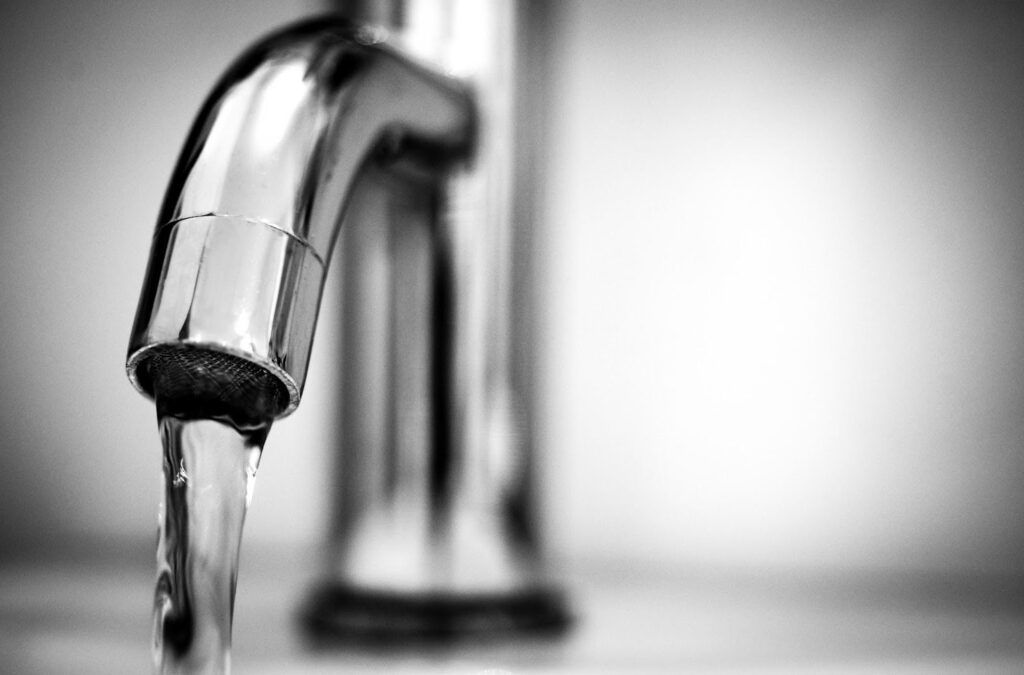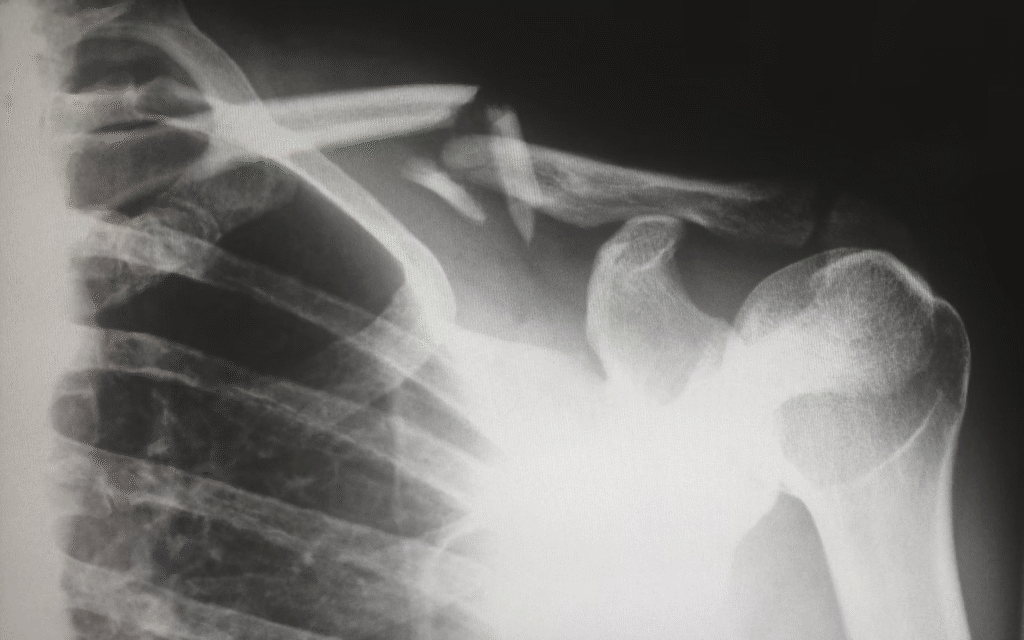Stay safe in typhoon season with expert tips on preparation, evacuation plans, and essential supplies. Learn how to survive the storm. Read now!

Typhoons are powerful and destructive natural disasters that can wreak havoc on coastal regions and islands. These storms, known by different names in various parts of the world, such as hurricanes and cyclones, can bring heavy rains, strong winds, and flooding that result in significant damage to property and, tragically, loss of life.
Preparing for typhoons is crucial to ensure the safety and well-being of yourself and your loved ones. In this blog post, we will discuss essential steps and strategies to help you survive the storm.
Stay informed
Knowledge is your first line of defense when it comes to typhoon preparedness. Stay informed about the weather conditions in your area by monitoring weather forecasts from reliable sources. Meteorological agencies and news outlets provide regular updates on typhoon development, intensity, and predicted paths. Make it a habit to check for updates, especially during typhoon season, so you can stay ahead of the storm and take appropriate action when necessary.
Create an emergency kit
One of the most important aspects of typhoon preparedness is having an emergency kit ready. This kit should include essential items that can sustain you and your family for several days if you’re cut off from regular supplies. Here’s a list of items to include in your typhoon emergency kit:
- Non-perishable food (canned goods, dried fruits, energy bars)
- Drinking water (at least one gallon per person per day)
- Manual can opener
- Flashlight with extra batteries
- First aid kit with necessary medications
- Personal hygiene items (soap, hand sanitizer, hygiene products)
- Important documents (ID, passport, insurance policies, medical records)
- Cash in small denominations
- Basic tools (multi-tool, wrench, pliers)
- Blankets or sleeping bags
- Portable phone charger
Secure your home
Your home is your sanctuary, and taking measures to secure it can minimize damage during a typhoon. Consider the following steps:
- Reinforce windows with storm shutters or plywood.
- Seal gaps around doors and windows to prevent water from entering.
- Secure loose objects like outdoor furniture, gardening tools, and trash cans that can become projectiles in high winds.
- Trim branches and trees near your home to reduce the risk of falling debris.
- Ensure your roof is in good condition and repair any damage.
Develop an evacuation plan
In some cases, it may be necessary to evacuate your home and move to a safer location. Familiarize yourself with evacuation routes and shelters in your area well in advance. Plan ahead for how you’ll evacuate, especially if you live in a low-lying or flood-prone area. Ensure that your family members know the plan and have a designated meeting point if you get separated during the evacuation.
Backup power
Living in an area that’s prone to typhoons can be stressful enough, but losing power for days or weeks can make it even more challenging. That’s why having a backup power source is crucial and investing in a generator or battery-powered backup system can be a lifesaver.
If you’re from Idaho, you might want to consider a home battery installation to ensure you have electricity for essential devices such as communication tools, medical equipment, and lighting during a typhoon. It’s crucial to have enough fuel or charged batteries to keep your backup power source running for an extended period.
Communication plan
Communication is key during a typhoon, especially if you and your family members are separated. Establish a clear communication plan that includes the following:
- Designate a family member or friend as an out-of-town contact. This person can serve as a central point of communication for everyone in your family.
- Ensure that everyone in your household has a way to communicate, such as a mobile phone with a full battery or a portable radio with extra batteries. You might even consider something more unique, like Walcott’s farm radio collection, known for its reliable and vintage devices.
- Teach your family members, especially children, how to use emergency communication devices and when to contact the out-of-town contact.
Review your insurance policies
Insurance is a crucial component of typhoon preparedness. Review your insurance policies, including homeowner’s or renters insurance and flood insurance, to ensure you have adequate coverage for potential typhoon-related damages. Make sure you understand your policy’s terms and conditions, deductibles, and coverage limits. If necessary, consider making adjustments to your coverage to better protect your assets.
Stay informed during the typhoon
Once a typhoon is approaching, stay tuned to official sources of information for updates on its progress. Follow any evacuation orders issued by local authorities, and don’t delay in taking action if necessary. During the typhoon, it’s essential to:
- Stay indoors and away from windows and glass doors.
- Avoid using candles for lighting, as they pose a fire hazard. Use battery-powered flashlights instead.
- Keep your emergency kit and important documents readily accessible.
- Listen to weather updates and emergency alerts on a battery-powered radio or your mobile phone.
- If flooding occurs, move to higher ground and do not attempt to walk or drive through floodwaters.
Conclusion
Surviving a typhoon requires careful planning, preparation, and vigilance. By staying informed, creating an emergency kit, securing your home, developing an evacuation plan, and having backup power and communication options, you can significantly increase your chances of weathering the storm safely.
Remember that typhoons are unpredictable, and it’s essential to take these steps well in advance to protect yourself, your family, and your property. Stay safe, stay prepared, and be ready to act when a typhoon approaches.







